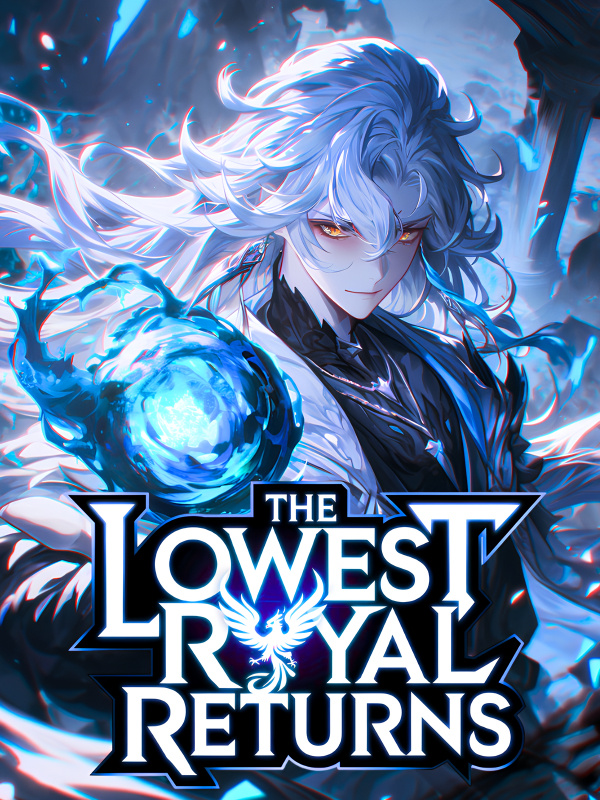©Novel Buddy
I Became the Youngest Daughter of a Chaebol Family-Chapter 113: Interest Rates and Bonds (1)
January 1994.
Final exams were over, and with the holidays just around the corner, the students were practically buzzing with excitement.
“Alright, let’s begin today’s lesson.”
—Bang bang.
I tapped the whiteboard with a stick. This was the stock club—one of the clubs I had personally founded.
But it was quite different from other clubs. Members weren’t chosen based on how close they were to me, but on their intelligence and drive. Though called the “stock club,” it was more of an economics club in practice.
‘Well, that’s natural, since I’m raising direct subordinates.’
If I wanted to use them the moment they became adults, they needed to have a working knowledge of economics and finance. Even from a cold, rational standpoint, it wasn’t strange.
Wall Street is full of investors who made a name for themselves before they even graduated college. It’s a matter of environment, motivation—and talent.
And everyone in this room had all three.
Interest rates and bonds.
That was today’s topic.
“Alright, who here doesn’t know what an interest rate is?”
A few students visibly flinched.
Yep, just as I thought.
Probably the ones who joined the club just because of my face. There's no way someone truly interested in finance wouldn’t know what an interest rate is.
“Okay, okay. Interest rate means the rate of return. Got it, kid? Ah, or do you not know what interest even is?”
“...I mean, I kinda know.”
“Really?”
“....”
I stared straight at the boy. His flushed face was kind of cute.
Heh.
“Haha, don’t worry. From my perspective, you’re all pretty much the same anyway... Ji-yeon’s a bit different, but that’s just because she’s heard a lot from being by my side.”
“You heard that? I’m different from all of you.”
Seo Ji-yeon puffed up her chest proudly. She still just looked like a tiny puppy, though.
“Okay, then let’s ask our Ji-yeon something. What does an inversion in the yield curve—when short-term interest rates exceed long-term ones—mean in the bond market?”
“....”
Ji-yeon went completely silent, like a cat that swallowed a goldfish.
Then, with her face turning red, she stammered out a reply. ƒгeewёbnovel.com
“So, like... long-term interest rates fall below short-term ones and... um...”
“Enough. I get it. You all need to study more, alright?”
I felt like dying from secondhand embarrassment.
“Uh... miss? So what’s the real answer?”
It was a familiar voice—Choi Do-ha, one of the earliest members of the club. He was sharp and polite, and I was grooming him carefully.
Most importantly—he was pretty good-looking. Not really my type, but still.
You might think that’s irrelevant, but in the U.S., where racism still runs deep, having the right face and body is crucial. I know from experience—American macho culture is no joke.
I shook my head slightly and gave my lesson to the boy I had quietly marked as Ha Yeong-il’s successor.
“It’s the difference between the yield on 10-year bonds and 2-year bonds. Normally, 10-year bonds have higher yields, but sometimes that gap shrinks—and occasionally, short-term yields go higher. That’s called an inversion. And whenever that happens, there’s a very high chance of a recession.”
“....”
He didn’t look like he got it.
“Okay, let’s take a step back. What’s a bond? A bond is... well, think of the word ‘debt.’ In English, it’s called a bond, or sometimes fixed income. It’s basically the right to collect a debt.”
If the government issues it, it’s a government bond. If a corporation issues it, it’s a corporate bond.
And for the record, a corporate bond is not the same as a stock. Buying stock makes you a partial owner of the company. Buying bonds makes you a lender.
“Oh, so that’s why it pays interest? Because interest rate means the rate of return, so that’s how it ties together?”
He was sharp—nodding while scribbling notes furiously.
“Exactly. And here’s a common misconception—rising interest rates don’t make your bond more valuable. In fact, they decrease its price.”
“Huh? Really? Wait, let me try to figure it out, miss. If it’s called ‘fixed income’... then the return is fixed from the moment you buy the bond, right? So if interest rates go up, new buyers get better returns. That’s why the gap between short and long-term rates shows up...”
...Oh.
That actually moved me a little.
“Almost spot-on. I’ll give you one bonus point. The second half’s not quite right, but it’s complicated, so forget it for now.”
After giving Do-ha a compliment as he returned to his seat with a proud grin, I resumed the explanation.
“Okay, so when we talk about interest rates in the bond world, there’s coupon rates and market rates. The market rate is the general rate you hear about. The coupon ~Nоvеl𝕚ght~ rate is the face value interest rate printed on the bond. If you look around the bond market, you’ll see bonds labeled 5%, 10% yield—that’s the coupon. But honestly? It’s crap. What matters is the actual rate.”
—Clack.
I pinned a chart of the U.S. Federal Reserve’s interest rate history to the whiteboard.
“Let’s look at why rising rates lower bond prices. See this spike around 1980? That was when interest rates shot up. We were, what, three years old then? Back then, the Fed hiked rates up to 19% due to harsh tightening policies. If you bought a U.S. Treasury bond at that time, you could earn almost 20% interest. So tell me—who’d want an old bond paying less?”
If supply stays constant but demand drops, prices fall.
That’s why rising rates make bond prices fall. In the bond market, interest rates are essentially the discount rate.
“...Aren’t bonds kind of like savings accounts? I thought they were like term deposits—slightly riskier than savings, but with better returns. So the coupon’s useless?”
Someone voiced their confusion. I pointed to the date on the chart with my index finger.
“That? Sure, if you hold the bond to maturity. But when everyone else is earning 20%, you’re just sitting there with 10%. Feel good about that?”
“Oh... it’s relative. Isn’t that what you said in the first lesson? That investing below inflation is just burning money...”
“Exactly. And as for yield curve inversions—there are tons of 10-year bonds in the market. Do you really think you can park your money for 10 or even 30 years without touching it? Unless you’re a pension fund, that’s not happening.”
Of course, when the policy rate hits 19%, the market rate diverges. The market rate reflects future expectations, and no one expects 19% to last forever.
Then Seo Ji-yeon asked:
“Miss... isn’t it weird to take a loss just for selling on the market? I mean, if a bond I buy for $100 pays me $105 at maturity, isn’t it worth $105? Why would I sell it at, like, $98 or something?”
She seemed to realize the flaw in her thinking mid-sentence.
I smiled and pointed out the gap.
“It’s weird, right? Why would a $100 bond suddenly be worth $105?”
There’s no such thing as a free lunch. Every choice has a cost.
That’s the first rule of economics.
The second rule? The cost of any choice is what you give up to make it.
“You know what the most expensive thing in the world is? Time. The bondholder gives up time in exchange for that $5. If you want to get out of that time contract early, you have to pay for it.”
That’s why every product on the market has time value built in. Derivatives just inflate that concept to the extreme.
The most expensive, precious, and important asset in the world isn’t life—it’s time. And really, they’re the same thing.
Time silently melts away while you sit still—fair yet unjust, equal yet cruel.
Thankfully, both I and the young students gathered here had plenty of it.
Because we were young.
“Congratulations, my friends—you're the richest people in the world.”
***
One month later, someone who would one day—or had already—become a professor of economics at Seoul National University said this:
“The Bank of Korea is somewhat independent from the government, but not from the U.S. Federal Reserve.”
That statement strongly implies that America’s interest rate decisions affect global policy.
“Ji-yeon, does it make a little more sense now?”
I gently patted her shoulder as I continued.
“...Yes. So... interest rates are going up, right? That’s what you’re saying? Since you already cleared out the French bond short positions...”
As I said before, France briefly adopted a low interest rate policy. Because of me, they fell for the illusion of a “Goldilocks” economy.
But it was only temporary—because of what’s about to happen.
“The U.S. Fed is going to raise rates. Fast. About 2% over the next year.”
Currently, U.S. interest rates were at 3%. By the end of the year, the Fed rate would reach 5.5%.
You might say that doesn’t sound like much.
But once you learn that over a trillion dollars vanished from the bond market during this period, you’d never say that again.
Sorry, France.
But hey—French people are passionate, right? Try to survive with your élan vital.
This chapt𝙚r is updated by fr(e)ew𝒆bnov(e)l.com







